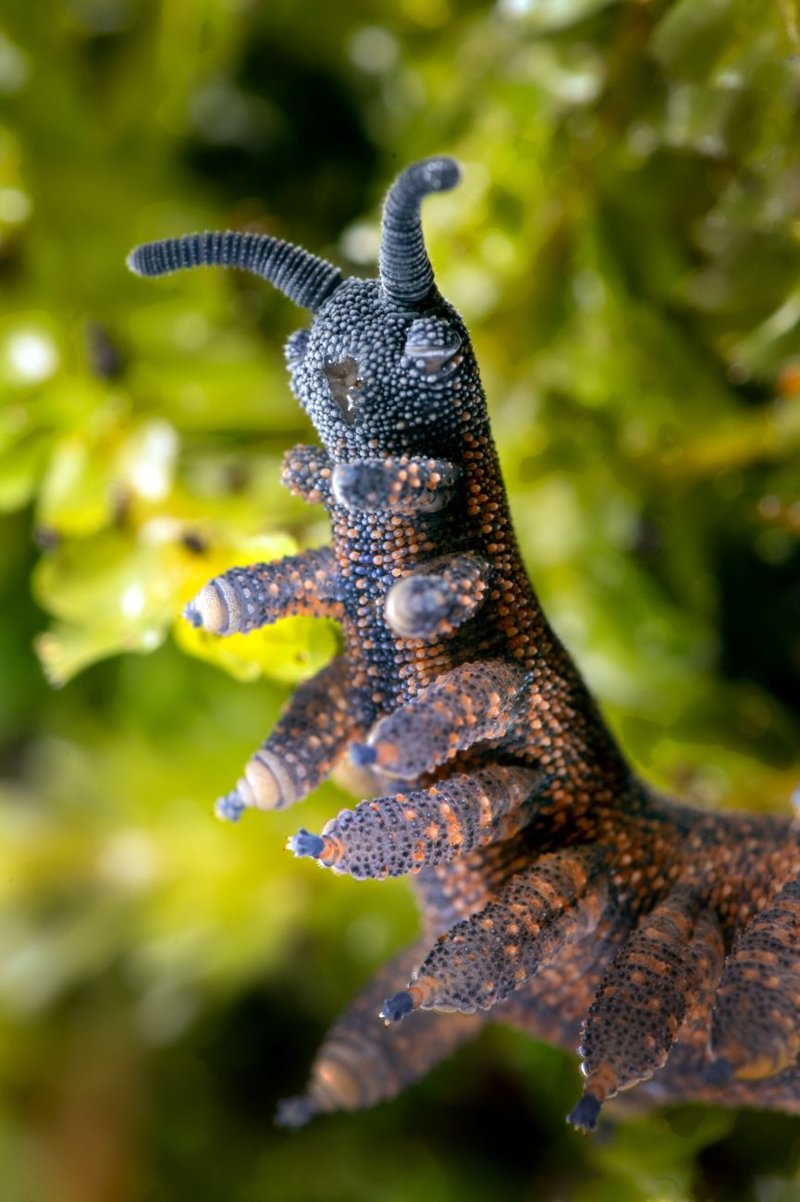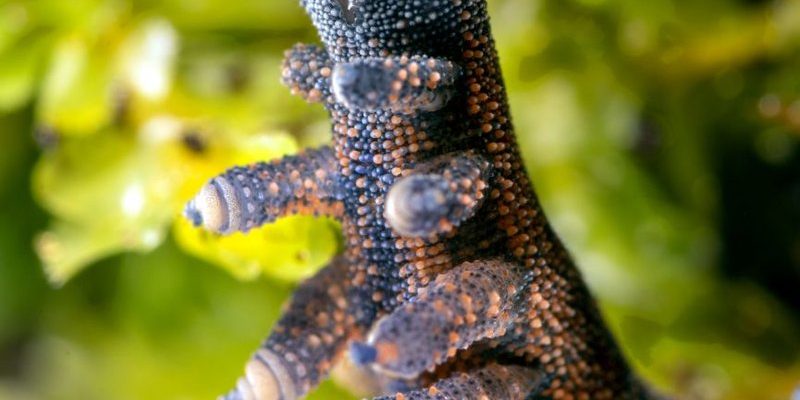
Imagine if our nervous system was more like a computer network with a few quirks. Velvet worms boast this sort of setup, allowing them to process information in ways that reveal their evolutionary adaptations. So, let’s take a closer look at these adorable, albeit creepy, little creatures and unravel the mysteries of their unique nervous systems.
What Are Velvet Worms?
Velvet worms, known scientifically as onychophorans, might not be household names, but they play an essential role in our understanding of evolution. These fascinating animals inhabit damp, leaf-littered environments in tropical and subtropical regions around the world, from the tropics of South America to the forests of New Zealand. With their soft, velvety bodies and stubby legs, they’re often described as resembling a mix between an insect and a slug.
What’s even more interesting is their method of movement. Velvet worms travel by contracting and relaxing their longitudinal muscles, which gives them that adorable, inching gait. This slow-motion movement serves a purpose. It allows them to navigate through their lush habitats carefully, hunting for prey like insects without drawing too much attention.
Want to know a fun fact? Velvet worms can actually shoot out a sticky slime to capture their prey, making them formidable hunters despite their size. That’s right! They aren’t just cute; they have some survival tricks up their sleeves.
A Glimpse into Their Nervous Systems
Now, let’s dive into their nervous systems. Velvet worms have an interesting arrangement that gives us a glimpse into their evolutionary history. Their nervous system is decentralized, which means it doesn’t rely on a centralized brain like ours. Instead, they have a series of ganglia, or clusters of nerve cells, spread throughout their body. It’s almost like having several mini-brains working together!
This setup allows velvet worms to react quickly to their environment. They can respond to stimuli—like a quick movement or change in temperature—without needing to process that information through a big brain first. Imagine having a bunch of small but powerful computers scattered around your home, each capable of handling its tasks independently. Pretty cool, right?
You might be wondering how this affects their behavior. The decentralized system means that velvet worms can exhibit all sorts of interesting actions, such as curling up when threatened or stretching out when they’re ready to hunt. Each segment of their body can react and communicate with others, which helps them remain agile in their habitats.
How Their Nervous Systems Work
Here’s the thing: the structure of the nervous system in velvet worms does more than just allow for quick reflexes. It also plays a significant role in how they interact with their surroundings. The ganglia along their bodies help coordinate movement and sensory input. This means they can easily process touch, taste, and even chemical signals from the environment.
For instance, when a velvet worm encounters prey, its nervous system kicks into action. The ganglia send signals to the muscles, which contract and propel the worm towards its target. At the same time, they also gather sensory data, helping the worm determine whether to engage or retreat. This fluid coordination between perception and movement is crucial for their survival.
You might find it intriguing that other animals, including certain species of insects and mollusks, exhibit similar decentralized nervous systems. This similarity suggests a common evolutionary ancestor, showcasing how life has adapted in various ways to thrive in different environments.
Comparing Nervous Systems: Velvet Worms vs. Other Animals
When you compare velvet worms to other animals, like humans or even simpler worms, it becomes clear that they take a unique approach to their biology. For example, while humans rely on a centralized brain to interpret and respond to experiences, velvet worms function more like an intricate network of smaller systems working in harmony.
Flatworms, another type of invertebrate, also have a decentralized nervous system but not as complex as that of velvet worms. They have a nerve net that allows them to react to their environment but doesn’t provide the same level of coordination. On the other hand, creatures like octopuses possess a highly developed brain, showcasing one of the most advanced nervous systems in the animal kingdom.
By examining these differences, we can appreciate the various adaptations animals have made to thrive in their environments. Velvet worms remind us that evolution is not a race to develop a big brain but rather a journey with many paths along the way.
The Importance of Studying Velvet Worms
So, why should we care about velvet worms and their nervous systems? The study of these creatures helps scientists understand evolutionary biology, biodiversity, and even ecology. By observing how different organisms adapt their nervous systems to meet their specific needs, researchers can learn more about the origins and functionalities of complex nervous systems in general.
Additionally, velvet worms can serve as bioindicators for environmental health. Since they thrive in specific habitats, their presence or absence can indicate the state of the ecosystem. This is particularly important as our world faces various environmental challenges, such as climate change and habitat destruction.
Researching velvet worms also opens doors to understanding potential medical applications. For example, because of their unique biological systems, scientists can glean insights into pain management, neurological diseases, and other health-related topics. Who would have thought that these little critters could help in such big ways?
Concerns for Velvet Worms and Their Habitats
Unfortunately, like many unique species, velvet worms are facing threats due to habitat destruction and climate change. As forests are cleared for agriculture or urban development, these delicate creatures lose their homes. Their reliance on specific environments makes them particularly vulnerable to changes in climate and habitat quality.
Conservation efforts are crucial to ensure that velvet worms continue to thrive. Protecting their habitats not only helps them but also contributes to the overall health of those ecosystems. For anyone interested in ecology, taking steps to preserve these environments can be a great way to support biodiversity.
Even small actions, like advocating for local conservation efforts or supporting sustainable practices, can make a difference. After all, every creature, no matter how small or seemingly insignificant, plays a role in the tapestry of life on our planet.
In the grand scheme of life, velvet worms might seem like little oddities, but they hold more significance than we often give them credit for. Their unique nervous systems reveal fascinating insights into evolution and adaptation. By studying these charming creatures, we can deepen our understanding of life on Earth and our responsibility to protect it.
So, the next time you think about worms, remember the velvet worm, a testament to the beautiful complexity and diversity of life. Let’s cherish these unique beings and the habitats they call home—because every little bit counts in our journey to protect our planet.

